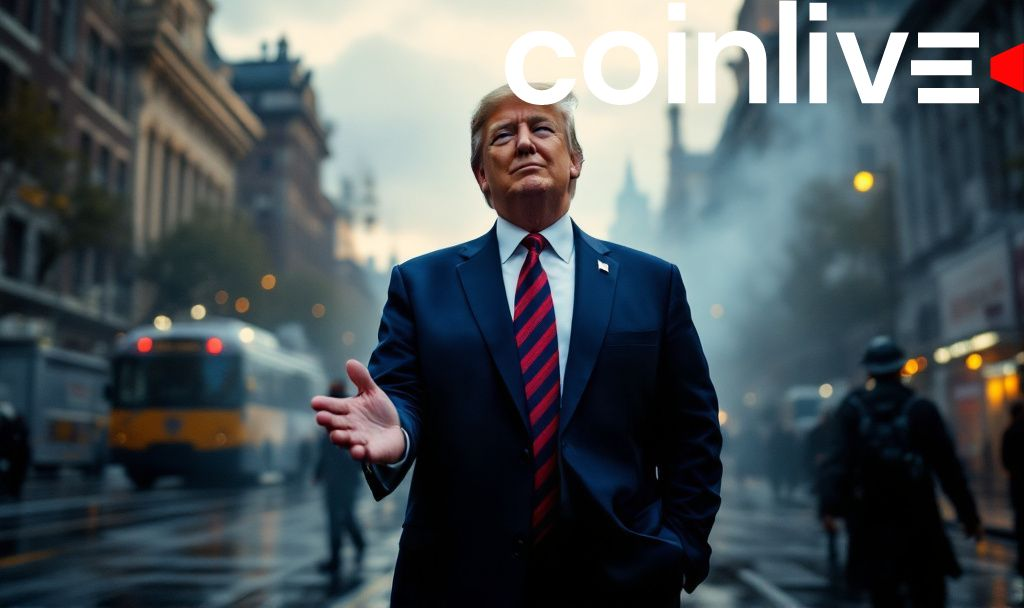- Trump anticipates a beneficial trade agreement with China.
- U.S. tariffs on Chinese imports raised to 125%.
- China responds with a 34% tariff on U.S. goods.
Rising tensions between the U.S. and China have caused market volatility, affecting global trade dynamics while impacting both traditional and digital assets.
On April 10, 2025, the U.S. government imposed a 125% tariff on Chinese imports, aiming to negotiate from a position of power. President Xi Jinping of China has enforced a retaliatory 34% tariff on U.S. goods starting April 9, 2025.
President Trump is insisting on negotiating a deal on “his terms.” As Donald J. Trump, Former and Current President of the United States, stated, “We are negotiating from a position of power, and I am confident in securing a favorable deal with China.” Meanwhile, the tech sector and broader markets are facing risks from this escalation. Experts warn of halted bilateral trade impacting U.S. businesses.
Financial markets have reacted with significant volatility, although precise metrics remain unspecified. Cryptocurrency markets may see increased activity as investors seek digital assets as a hedge against uncertainty.
Prolonged tensions might lead to increased crypto activity, historically aligning with macroeconomic disruptions. Past trends suggest potential cryptocurrency price upticks amid uncertainties, serving as an economic hedge.
